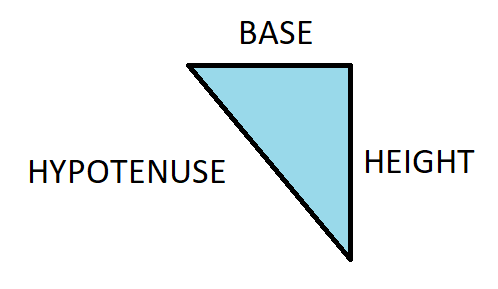Question
Question: How do you evaluate \({\sin ^{ - 1}}\left( 0 \right)\)?...
How do you evaluate sin−1(0)?
Solution
The arcsine is used to represent the inverse trigonometric function sine. The range of arcsine is from negative 2π to positive 2π and the domain of arcsine is from negative 1 to positive 1. It is a bijective function which means that it will be invertible. Using this property will be very useful for solving the given question.
Complete step by step solution:
Given is sin−1(0).
We have to find the value of sin−1(0).
Before starting solving the question, let us first draw a triangle with sinx=0.
In the given right-angled triangle,

We consider the angle between base and hypotenuse as x. The angle between the base and perpendicular (also called as height) is 90∘. Now, let us take sine function on both the sides and we get,
sin(sin−1(0))=sin(x)
As we already know the trigonometric property i.e., sin(sin−1θ)=θ, so in the above equation we have, θ=0.
So, now the equation changes to sin(x)=0.
We know that the value of sinθ varies for different values of θ, so
x=0+kπ, because sinkπ=0 and where k is any integer.
Hence, our answer is x=kπ, where k is any integer.
Note: The arcsin is the inverse of the trigonometric function sine. It is also a bijective function, which means that it gives a unique value of every unique input and for every output one single input is taken into consideration. Being a bijective function, also means that it is invertible, that’s why we were able to change arcsine to sine so easily. This specific property is valid only for its respective domain, that is from a negative one to a positive one.
